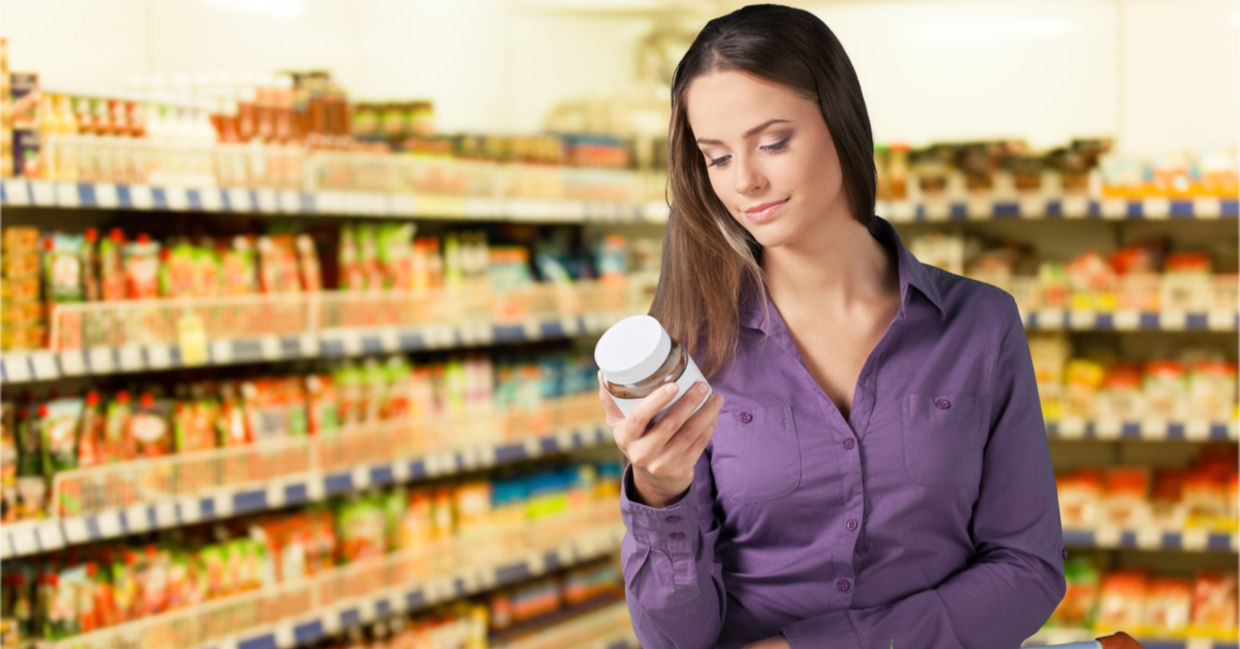
Reading the label is a great place to start (Billion Photos / Shutterstock.com)
Eating healthily means reading and understanding food labels - it’s an unavoidable truth about modern life. And with the clean eating trend making its way into mainstream culture in recent years, there’s a lot of jargon around, with vague and even misleading wording. For example, what conditions does a product have to qualify to use the term “organic” on its packaging? And do “free range” eggs really come from free range hens?
Read on for six simple tips to understanding the ins and outs of food labels and separating the meaningful terms from the eco-hype.
UNDERSTAND ‘ORGANIC’ FOOD LABELS
According to United States Department of Agriculture (USDA) standards, any product with "organic" on its packaging must contain at least 70 percent organic ingredients. So those ingredients will be free of chemical, additives, synthetics, pesticides, or genetically engineered substances. The remaining ingredients are still closely monitored, and free of GMOs.
LABEL LESSON: Only food labels that use the term “100 percent Organic” ensure a completely organic product.
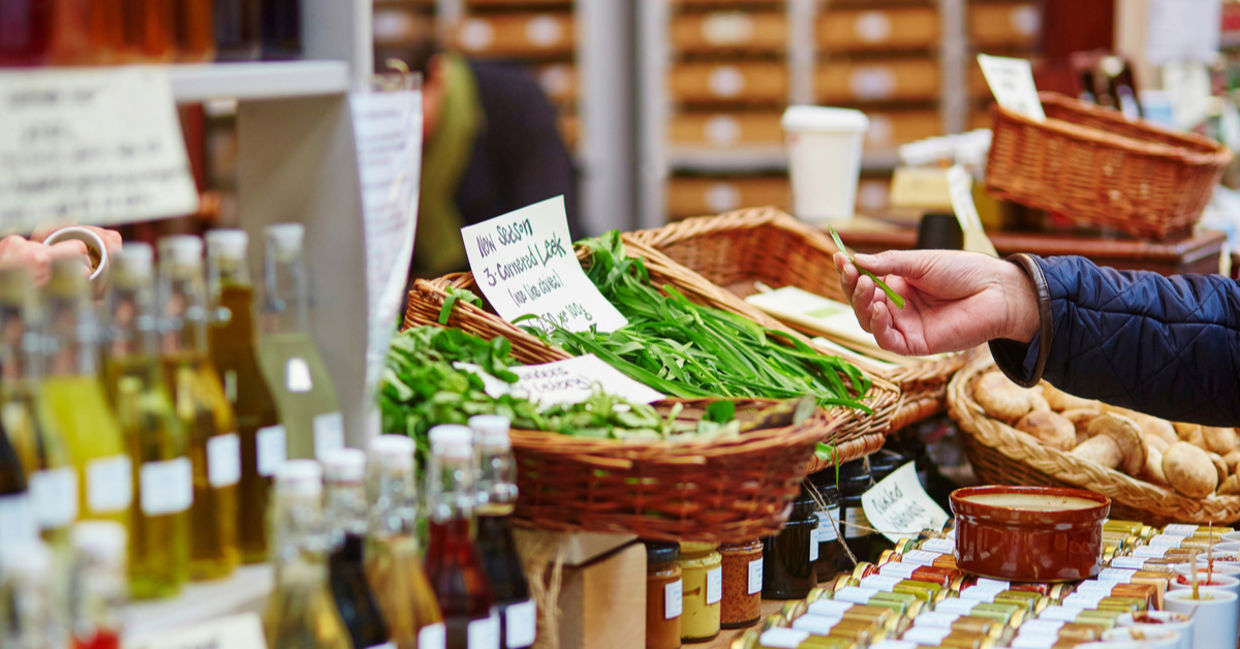
Organic as can be (Ekaterina Pokrovsky / Shutterstock.com)
PRIORITIZE FRUIT AND VEGETABLES
To reduce exposure to pesticides, antibiotic residues and GMOs, buying organic fruits and vegetables is probably the best bet. A University of Washington study found that when consumers eat organic produce, their pesticide exposure levels drop to well below what the Environmental Protection Agency (EPA) considers as safe. They also benefit from 20 to 40 percent more antioxidants from their food.
LABEL LESSON: Consult the Environmental Working Group’s Clean Fifteen and Dirty Dozen guides for more details on exactly which produce is best to buy organic.
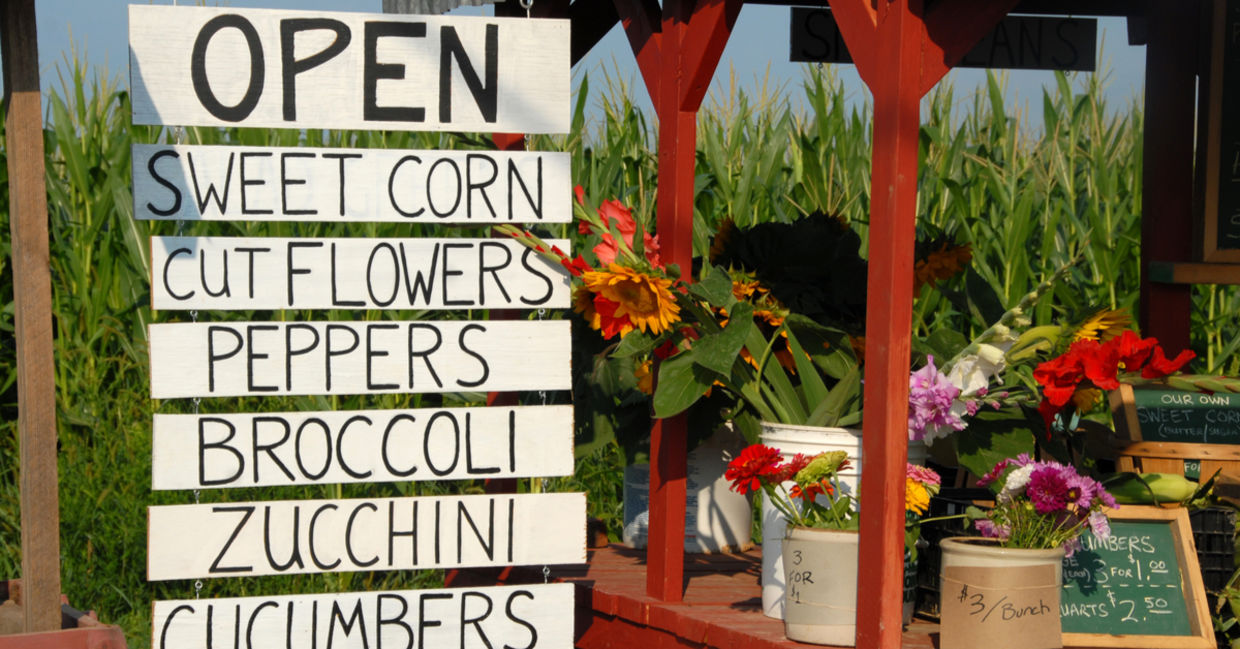
Organic produce, straight from the farm (A. L. Spangler / Shutterstock.com)
LOOK INTO ‘NATURAL’ FOOD LABELS
While the terms “natural” and “all natural” on food labels seems to imply that ingredients come straight from nature, the reality is that pretty much every substance on earth has some element of natural origins. Use this term as a red flag for further research.
LABEL LESSON: When it comes to meat and poultry, the word “natural” stands stronger - the US Food and Drug Administration (FDA) regulates that the term can only be used on products with no artificial substances.
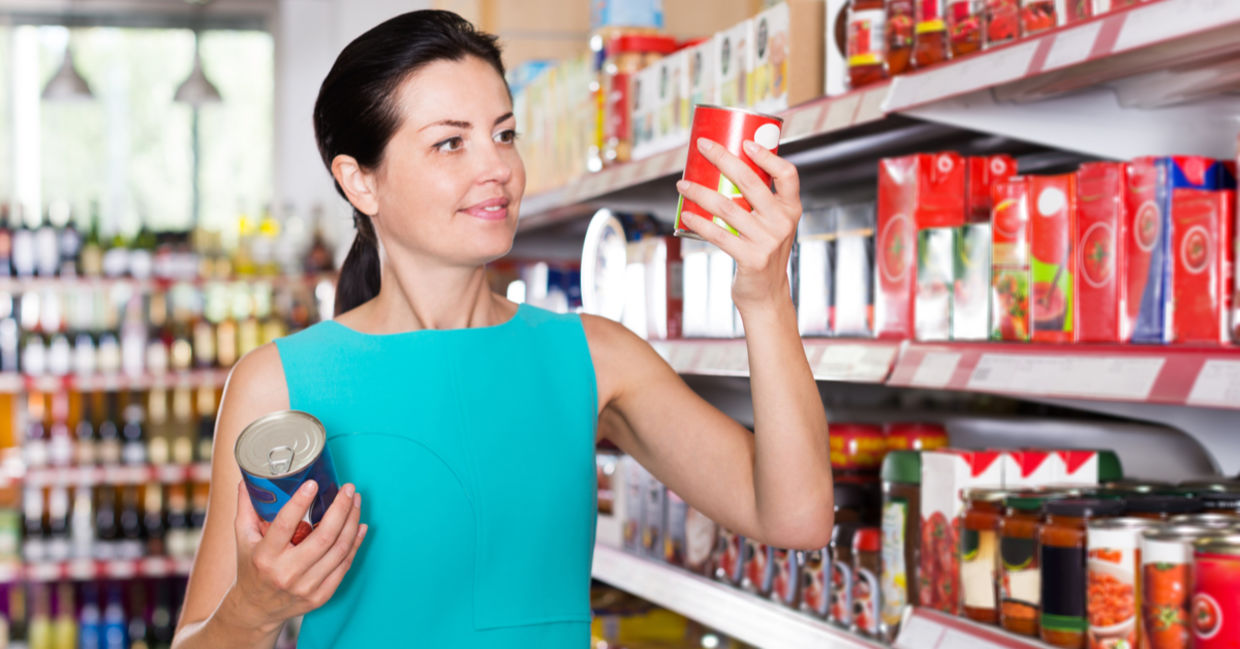
All natural ingredients? Keep reading (Iakov Filimonov / Shutterstock.com)
WHAT DOES ‘FREE RANGE’ MEAN?
The decision to buy “free range” eggs is generally humanitarian as well as health motivated, as consumers want to know that their eggs came from happy chickens. USDA regulations state that “free range” chickens must be “allowed access to the outside” - though there are no specifications as to the size of the outdoor area, and the chickens can be fed any food or medicine.
LABEL LESSON: The best option for humans and chickens alike (aside from buying eggs from a farmer you know and trust!) is to buy USDA Certified Organic eggs.
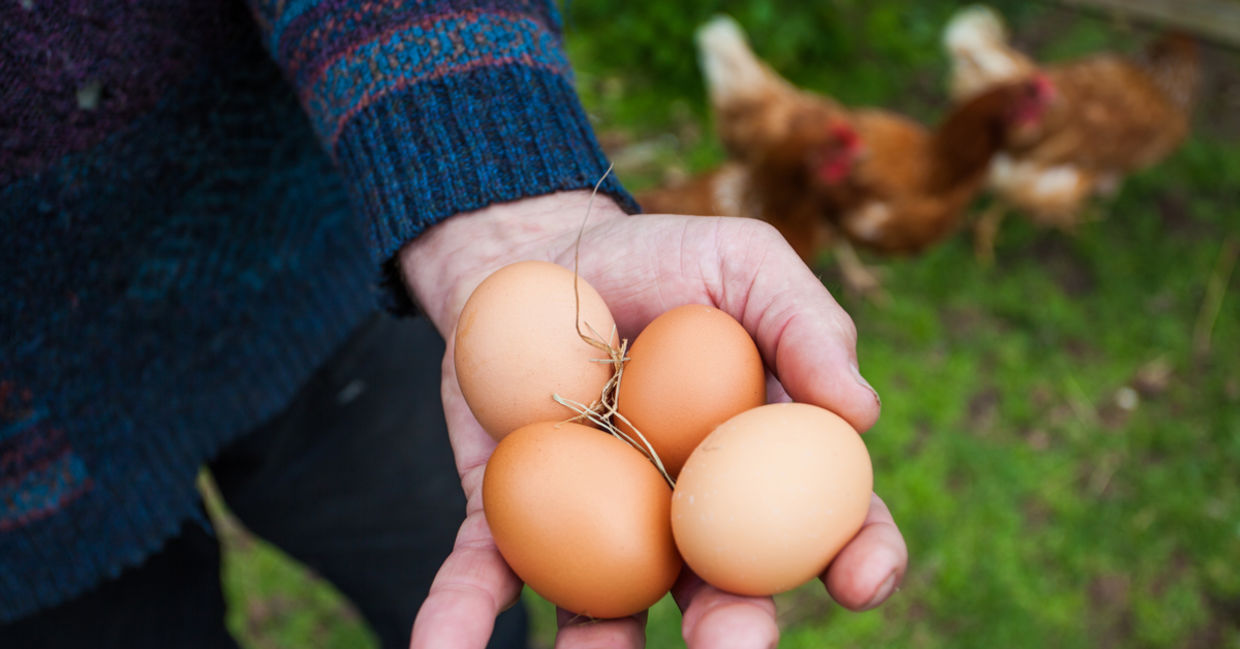
This is what you're picturing when you think of free range eggs, right? (mjheritage / Shutterstock.com)
READ ‘SUGAR FREE’ FOOD LABELS CAREFULLY
While ‘sugar free’ might sound like a positive term on a food label (especially for diabetics or people on specific diets), the term usually appears on products containing sugar substitutes such as artificial sweeteners or sugar alcohols. While these substances are regulated by the FDA with a maximum recommended daily intake for each, there is contradictory research on their long-term health effects.
LABEL LESSON: Read the ingredients! Which brings us to the last point…
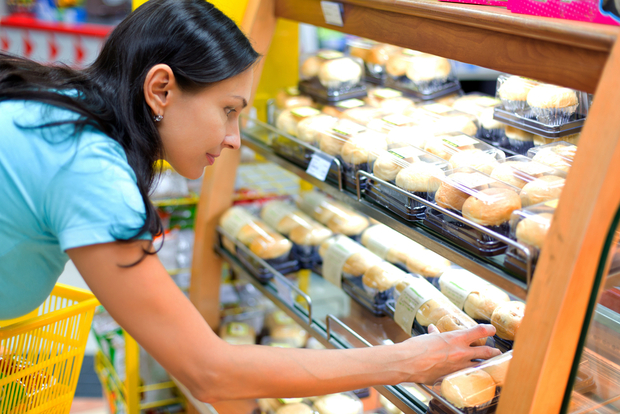
All-natural cupcakes? (Tony Thiethoaly /Shutterstock.com)
MOST IMPORTANTLY, READ THE FINE PRINT
Organic food advocate Michael Pollan said it best in his book Food Rules - “Avoid ingredients that no ordinary human would keep in the pantry” and “food products that contain ingredients that a third-grader cannot pronounce.”
LABEL LESSON: If the ingredient list reads like a wholesome recipe, go for it. If you don’t recognize or can’t pronounce them - probably best to pass.
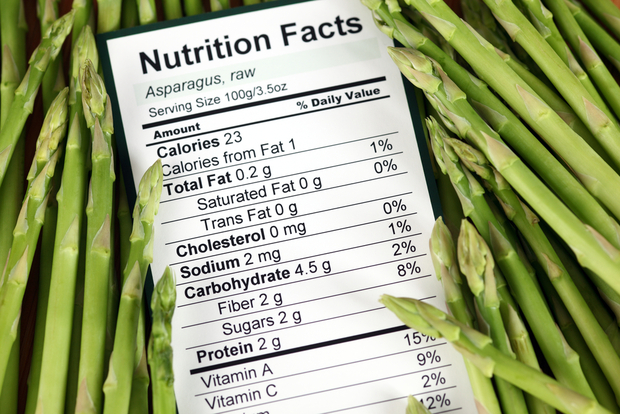
Ingredients: Asparagus. Sounds good! (Ekaterina_Minaeva / Shutterstock.com)







